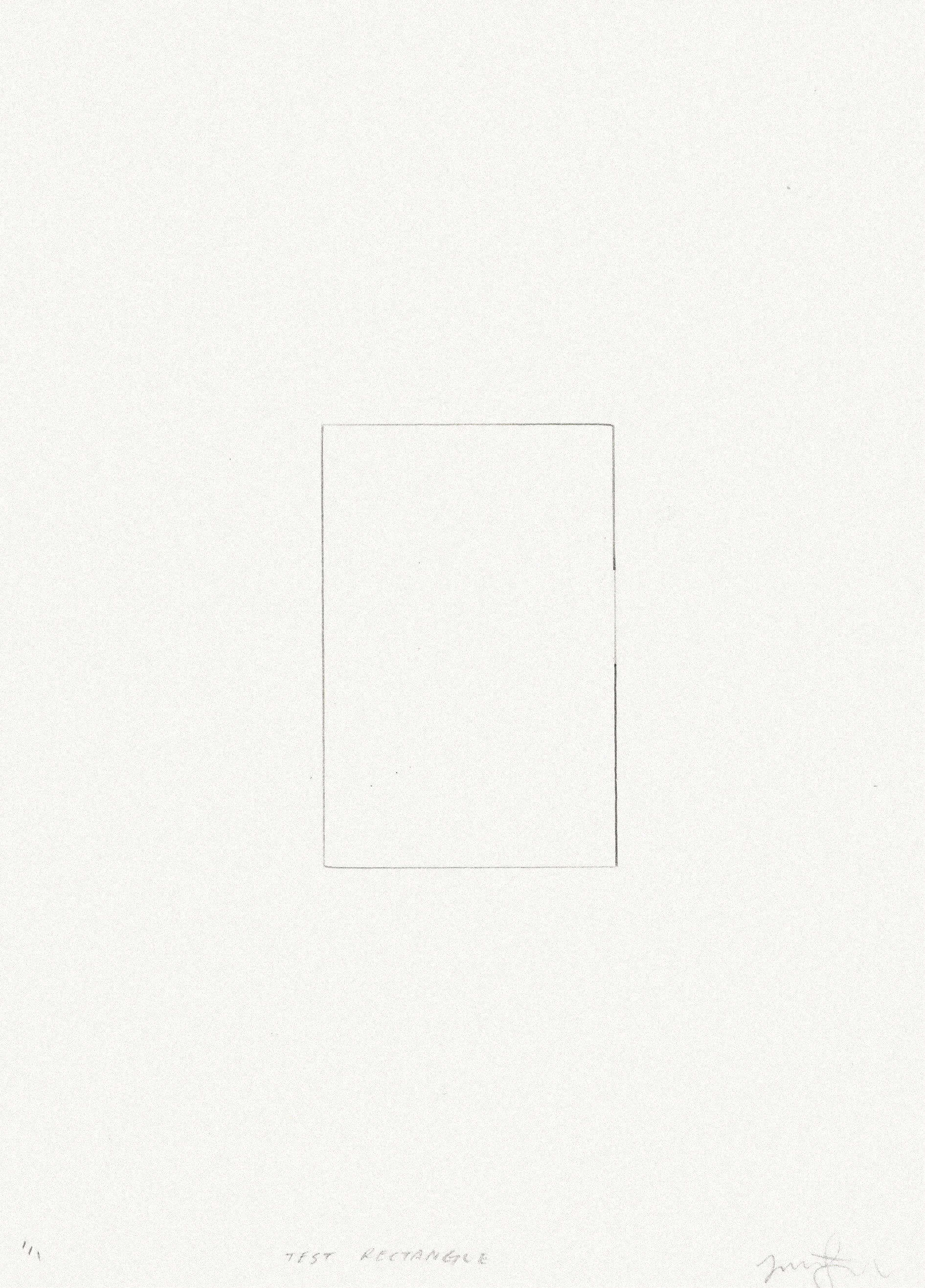beyond extraction
Araucanía and antofogasta’s geological narratives
in daily memoriam
Call and Response - Choices
How do patterns start? Where do they begin? Questions about Tiny-Z’s choices and exertion of machine choice
Call and Response - Pairs II
Continuing to draw without lifting the pencil between strokes, it is exciting to see where the Tiny-Z goes first - the initial mark across the paper feels confident, not hesitant like the way it felt before when the pencil moved to just the right spot, then finally plunged onto the page. This movement builds momentum, the patterns that follow feel like I had nothing to do with them. The images here are another series of comparative drawings, which use at least one shared layer between the two drawings. By layering patterns and seeing hatches turning into paths, we test registration and mixing lines from a more extensive library into nearly infinite combinations.
Call and Response - Pairs I
Displayed side-by-side, these drawings compare lines drawn in CAD and the path taken by the Tiny-Z. The left side drawings are the more faithful executions of drawings I made in CAD. On the other hand, in the drawings on the right side of each pair, the Tiny-Z did not lift its pencil in between strokes, mapping its movement rather than drawing an image. Viewed side-by-side, these drawings show the machine transforming the hatches and grids on the left into something very different. By not lifting the pencil, the machine turns a series of discrete lines into a continuous pattern- rendering the lines lively, nearly textile.
Call and Response - Communication
The two-sidedness of communication was the most rewarding part of drawing with the Tiny-Z. Figuring out how it alters or interprets inputs (in the form of accidents or errors) is another thing that can act as a metaphor beyond this drawing experiment, where physicality and materiality meets planning. Lines interpreted by machine and drawn on a page are not so different than plans read by builders and constructed.
Call and Response - Accidents
We define accidents as things that are unexpected or happen by chance- and at first glance, it seems like drawing with this instrument is full of them. When it only moves in one direction instead of diagonally along two axes at once, the lines pair up together, every other one spaced differently than how it is drawn in the computer, and the instrument is unaware of this miscalculation of space. Or, the lead breaks when the pencil is lowered along the z-axis, or it lightens as the tip is dulled over the course of a drawing - the instrument doesn’t realize these things either.
Call and Response - Procedure
Still, there is an unseen middle phase in the process of most human things. Francesca Hughes likens the struggle between ideas and matter in buildings to the hesitance for artists, scientists, and philosophers to draw embryonic development in the 14th and 15th centuries.
Likewise in architecture, there is an “awkward generation of drawings that immediately follows the concept sketch, the not-yet buildings and the buildings-to-be––the drawings we are never shown[…], or the drawings that are too ugly to draw” (Hughes).
Call and Response - Error and Precision
Error is good, and precision is a technical myth.
From the hatch tests we drew last week, it is clear that this instrument is most precise when both the X and Y axes are moving together. Diagonal lines, in this case at a 45 degree angle, are drawn on paper with the greatest fidelity to the coded input drawn in CAD space. This makes me think that this instrument and I have some similarities, gravitating towards drawings created in the plan oblique, or axonometric projections.
Call and Response - Fidelity
The fidelity between the drawing and coded input is one of the ways this instrument influences our collaboration
Call and Response - Lines
I spent two weeks in the winter building a small machine.
It is a machine with three motors, three drive screw rotary axes, and a motion controller – it is most simply something that can move precisely in three dimensions and is controlled by numbers.














